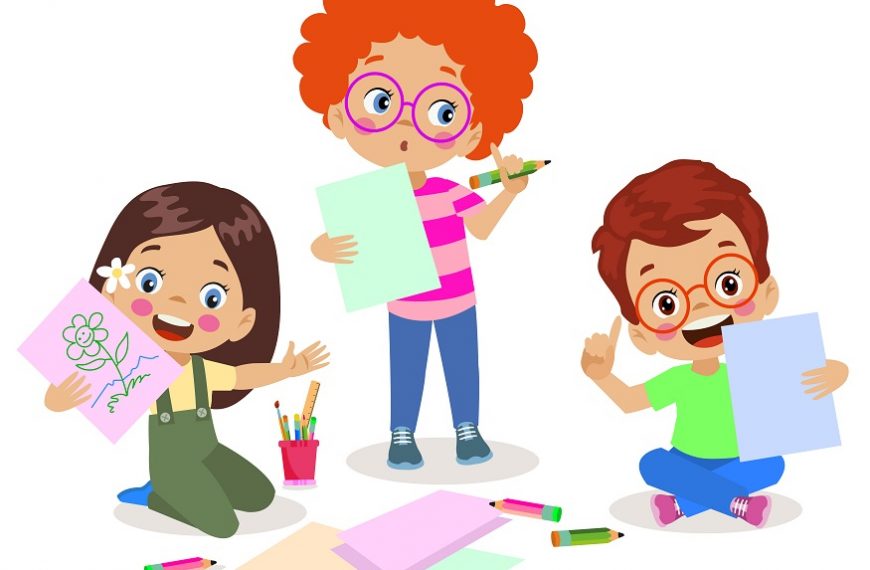Introduction to Project Based Learning
When it comes to education methodologies, project-based learning stands out as one of the most engaging and transformative approaches for the new generation of students. But what is project-based learning? It is an instructional strategy that encourages students to learn by actively engaging in real-world and personally meaningful projects. Instead of traditional rote learning or passive memorization, students become investigators, researchers, and problem-solvers.
Understanding the Effectiveness of Project Based Learning
A growing body of research is beginning to shed light on a question that educators often ask: is project-based learning effective? The answer is an emphatic yes. Compared to traditional learning methods, project-based learning encourages students to take ownership of their education, promoting a deeper understanding of concepts and enhancing problem-solving skills. The real-life application of the knowledge also fosters the development of essential skills like collaboration, communication, critical thinking, and creativity.
Integrating Project-Based Learning in the Classroom
Incorporating project-based learning in the classroom requires some changes in instructional strategies but yields significant improvements in student engagement and learning outcomes. The approach is centered around presenting students with complex questions or challenges that they need to solve over a certain period. The process involves researching the problem, brainstorming potential solutions, creating a project that represents their findings and understanding, and finally presenting the project to their classmates and teachers.
This process enables students to delve deeper into topics and explore areas of personal interest while still learning necessary skills and knowledge in line with curriculum standards. The project can take several forms, including a physical model, a digital presentation, a written report, a video, or even a class presentation.
Examples of Project-Based Learning in Action
To truly understand the scope and effectiveness of project-based learning, it is essential to consider project-based learning examples. One of the most prominent examples of project-based learning can be found in environmental studies, where students are tasked with creating sustainable solutions for local environmental issues. The students research the problem, like local water pollution, study various mitigation techniques, and then propose a viable solution. The project concludes with students presenting their findings and solutions, either in a report or a presentation.
Another project-based learning example involves history lessons where students are asked to research a significant historical event from multiple perspectives, create a narrative, and present it as a documentary film or a play. This approach not only deepens their understanding of the event but also develops their storytelling and presentation skills.
One of the primary objectives of education is to prepare students to deal effectively with real-world challenges. Traditionally, this was achieved through theoretical learning and memorization, with limited emphasis on real-world application. However, with project-based learning, we can revolutionise this approach, facilitating the direct engagement of kids in real-life challenges to make their learning experience more meaningful.
Project-Based Learning: A Real-World Connection
The cornerstone of project-based learning is its emphasis on real-world relevance. Each project undertaken by students is designed to reflect real-life problems that professionals and communities face daily. This direct connection with the outside world makes the learning experience more authentic and engaging for students.
For example, students studying geometry could be tasked with designing a park. They would need to apply their understanding of shapes, area, and perimeter to create a functional and aesthetically pleasing design. Such a project would not only cement their understanding of geometric principles but also give them insights into the practical applications of these principles.
Skills Development Through Real-Life Challenges
By engaging kids in real-life challenges, project-based learning also serves as a powerful platform for skills development. In traditional classroom settings, students often learn in isolation, both from each other and the real world. Project-based learning flips this script, requiring students to work collaboratively, communicate effectively, and think critically.
For instance, in a project about waste management, students would need to research and analyse different waste disposal methods, devise a comprehensive waste management plan for their school, and present their findings to school administrators. This project would not only develop their research and analysis skills but also foster skills in teamwork, project management, and public speaking.
Promoting Active Learning and Engagement
Project-based learning offers an active, learner-centred approach, which is known to promote deeper learning and improved retention. Rather than passively receiving information, students actively construct their understanding and knowledge through hands-on activities and problem-solving.
In a science class, students could be tasked with creating a small ecosystem in a bottle, allowing them to see firsthand how various elements in an ecosystem interact with each other. This direct experience with the concepts being studied facilitates a deeper understanding and appreciation of the subject matter.
Building Resilience and Confidence
Engaging kids in real-life challenges through project-based learning can also help build resilience and confidence. As they navigate through the difficulties and setbacks of their projects, students learn to be resilient and to view these challenges as opportunities for growth. Moreover, as they successfully complete their projects and witness the fruits of their efforts, they gain confidence in their abilities.
Conclusion: The Power of Project-Based Learning
In conclusion, project-based learning represents a profound shift from traditional teaching methods, placing students at the centre of the learning process. This hands-on, real-world approach not only enriches the learning experience but also cultivates a range of soft skills, like teamwork, leadership, and problem-solving, which are essential for success in the 21st-century job market.
When pondering on what is project-based learning and is project-based learning effective, it becomes clear that this approach presents a unique opportunity to make learning more relevant, engaging, and meaningful for students. It serves as a powerful tool to bring the classroom closer to the realities and complexities of the real world, thereby preparing students for future challenges.
In the ever-evolving educational landscape, the focus is shifting from merely imparting knowledge to fostering abilities that prepare students for lifelong learning. In this context, project-based learning emerges as a potent tool that makes learning a vibrant, dynamic process, well-equipped to engage kids in real-life challenges.
With EuroKids, be assured of a nurturing and stimulating learning environment that fosters holistic development in children, focusing on their cognitive, physical, social, and emotional growth.















